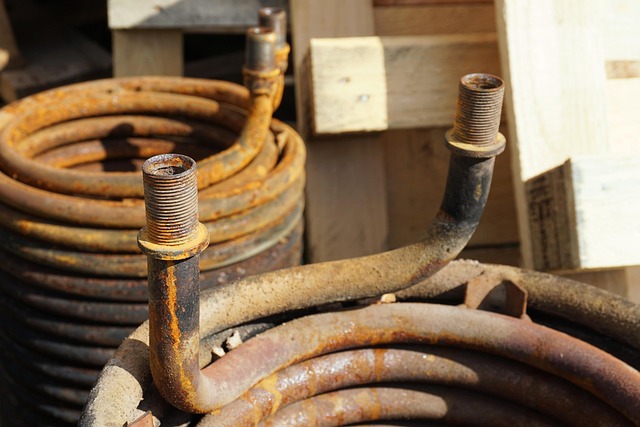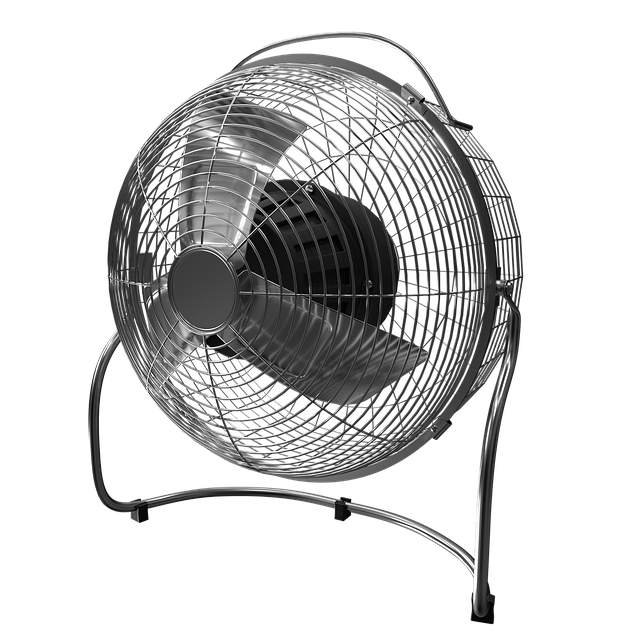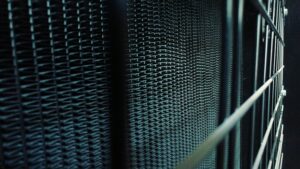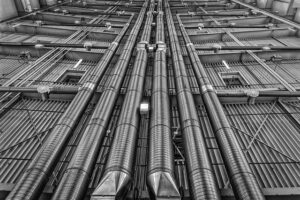Industrial destratification fans with variable speed controls are crucial tools for managing air temperatures in large facilities, addressing thermal stratification and enhancing worker comfort. This technology optimizes airflow, reduces energy costs, and is essential in high-ceiling areas and heavy construction sites. By allowing precise speed adjustments, these fans improve ventilation efficiency without waste, benefiting factory cooling and overall sustainability in diverse industrial sectors. Regular maintenance, correct fan sizing, and strategic placement are key to maximizing their benefits.
“Unleash the power of precise airflow control with variable-speed industrial destratification fans. These dynamic solutions are transforming industrial environments by offering unparalleled efficiency and comfort. In this comprehensive guide, we explore the intricacies of industrial destratification fans, their role in enhancing ventilation, and how variable speed control revolutionizes airflow management. From manufacturing floors to data centers, discover the key features and best practices that make these fans essential for modern facilities.”
- Understanding Industrial Destratification Fans: Their Role and Benefits
- The Importance of Variable Speed Control in Optimizing Airflow
- Key Features and Technologies Enabling Precise Airflow Management
- Applications and Best Practices for Implementing Variable-Speed Destratification Fans
Understanding Industrial Destratification Fans: Their Role and Benefits

Industrial destratification fans play a pivotal role in maintaining optimal conditions within large industrial facilities and manufacturing plants. These specialized ventilation systems are designed to tackle a common issue faced in vast warehouse applications, factory cooling scenarios, and heavy-duty construction sites—thermal stratification. Thermal stratification refers to the vertical layering of air temperatures within a space, often leading to cold zones at the top and hot zones near the floor.
By strategically placing industrial destratification fans with variable speed controls, facilities can achieve efficient thermal stratification control. This is particularly beneficial in high ceiling spaces, ensuring even air circulation throughout. The primary advantage lies in energy cost reduction; by eliminating temperature variances, these fans minimize the need for excessive cooling or heating. Additionally, they significantly improve worker comfort, creating a healthier and more productive environment.
The Importance of Variable Speed Control in Optimizing Airflow

In the realm of industrial destratification fans, variable-speed control is a game-changer. It allows for precise airflow management, crucial in optimizing cooling and ventilation within manufacturing plants, warehouses, and other large space applications. By adjusting fan speed according to specific needs, this technology offers numerous benefits, such as enhanced worker comfort and improved energy cost reduction. In high ceiling spaces or heavy duty construction sites, where thermal stratification control is essential, variable-speed industrial destratification fans ensure optimal air circulation, addressing both efficiency and sustainability concerns.
This advanced feature is particularly valuable in factory cooling scenarios, where maintaining a comfortable working environment can significantly impact productivity. Unlike fixed-speed alternatives, these fans adapt to changing conditions, ensuring that every corner of the facility receives adequate ventilation without unnecessary energy expenditure. This versatility not only contributes to environmental friendliness but also underscores the importance of variable speed control in modern industrial facilities.
Key Features and Technologies Enabling Precise Airflow Management

Industrial destratification fans are revolutionizing the way we manage airflow in large spaces like manufacturing plants and warehouse applications. These high-performance tools utilize a range of advanced technologies to deliver precise control, ensuring optimal air circulation and worker comfort. Key features include variable speed drives, allowing for fine-tuned airflow adjustments to suit different industrial facilities and specific needs.
The fans are designed with heavy-duty construction in mind, making them capable of handling high ceiling spaces and robust enough for harsh environments. They employ sophisticated thermal stratification control mechanisms to counteract natural heat rises, enhancing energy cost reduction strategies. By efficiently managing air circulation, these destratification fans improve worker comfort, increase operational efficiency, and contribute to a more sustainable manufacturing process in various industrial settings.
Applications and Best Practices for Implementing Variable-Speed Destratification Fans

Variable-speed industrial destratification fans are versatile tools that find applications across diverse industries, including manufacturing plants and heavy duty construction sites. Their primary role is to combat thermal stratification in large spaces, ensuring even air distribution for improved worker comfort and energy cost reduction. By adjusting fan speed according to specific needs, these devices optimize airflow in high ceiling spaces, making them ideal for warehouse applications and factory cooling.
Implementing best practices when using industrial destratification fans can further enhance their benefits. For instance, regular maintenance is crucial for optimal performance and longevity. Ensuring proper sizing of the fans relative to the space’s dimensions and air circulation requirements is essential too. In addition, strategic placement of these fans, considering the natural flow of air and thermal dynamics, can significantly reduce energy consumption without compromising on worker comfort in manufacturing plants and other industrial facilities.
Industrial destratification fans with variable-speed control are revolutionizing airflow management, offering precise solutions for diverse applications. By understanding their role and leveraging key technologies, businesses can optimize processes, enhance energy efficiency, and create healthier environments. These fans provide a game-changing approach to managing temperature and air quality in today’s bustling industrial landscapes.






